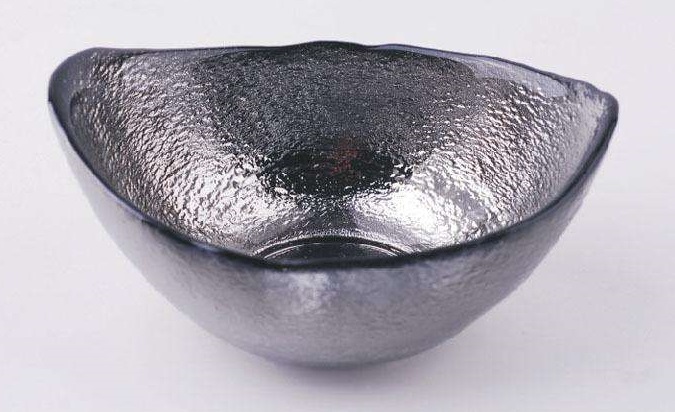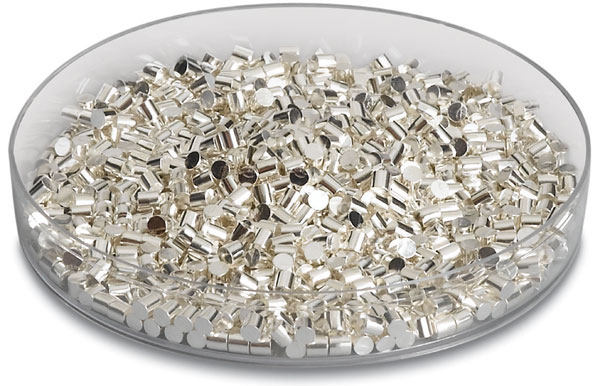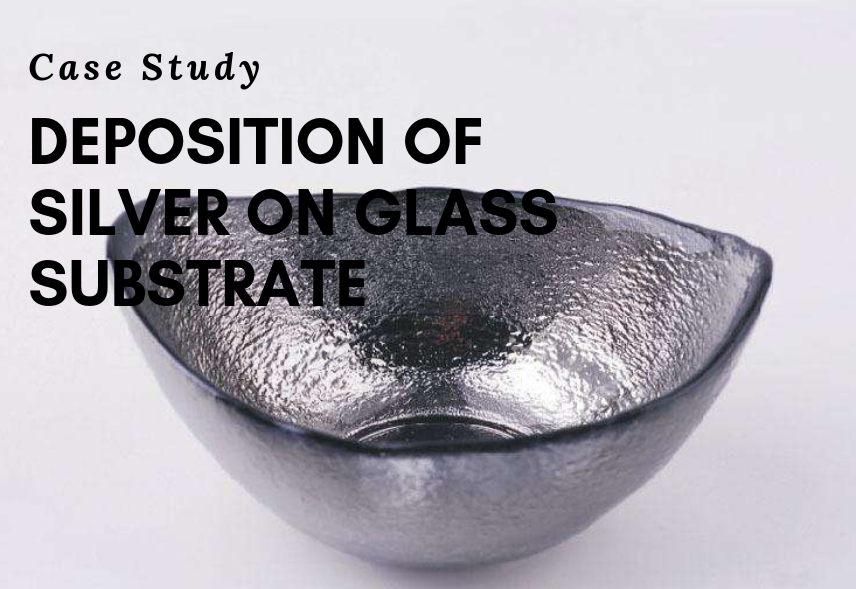The case
I am attempting to use silver evaporation pellets to deposit one-micrometer thick silver layer on the glass substrate. I found that only electron beam evaporation is accessible within the facility. I tried Ag/Ti/glass but silver peels off the Titanium layer. Up to now, only Ag/Au/Ti/glass can partially work, and only 1/2 of my samples were fully coated with silver; the other half turned into blackish-rainbow color. I wonder what is wrong in the process? Should I should some intermediate layers?

Possible Cause and Solution
The thickness of the Titanium (Ti) layer may be too large. Generally speaking, 5 to 10 nm is enough in this case.
The process is not operated in a good vacuum condition, thus the titanium layer is oxidized. In electron beam evaporation, as well as other vacuum evaporation, the vacuum degree of the evaporator is extremely important, which will greatly influence the quality of the film obtained. Thus, please make sure the vacuum chamber is well sealed before evaporating.
It is hard to avoid that the evaporated silver (as well as gold) only loosely connected to the glass substrate. Cleaning the glass with acetone and then methanol could help. Or you can just replace the glass substrate by using another transparent substrate, such as Al2O3, SiO2, AlN and Diamond. The silver layer can better deposit on those substrates mentioned above.
Other Suggestions
Titanium is an excellent adhesion layer, but it is also true that it may lose some of its adhesiveness if the vacuum is not good enough. As for its alternatives, Chromium (Cr) and Aluminum (Al) are recommended to act as the adhesion promoter.
Rising the temperature up to 100℃ in the vacuum for a few minutes may also improve the adhesion of metals.

For the explanation of the terminologies of vacuum coating mentioned in this passage, please refer to Terminologies of Vacuum Evaporation.
For high purity silver evaporation materials, please visit Stanford Advanced Materials.
For more news and knowledge about vacuum coating, please see SAM News.

